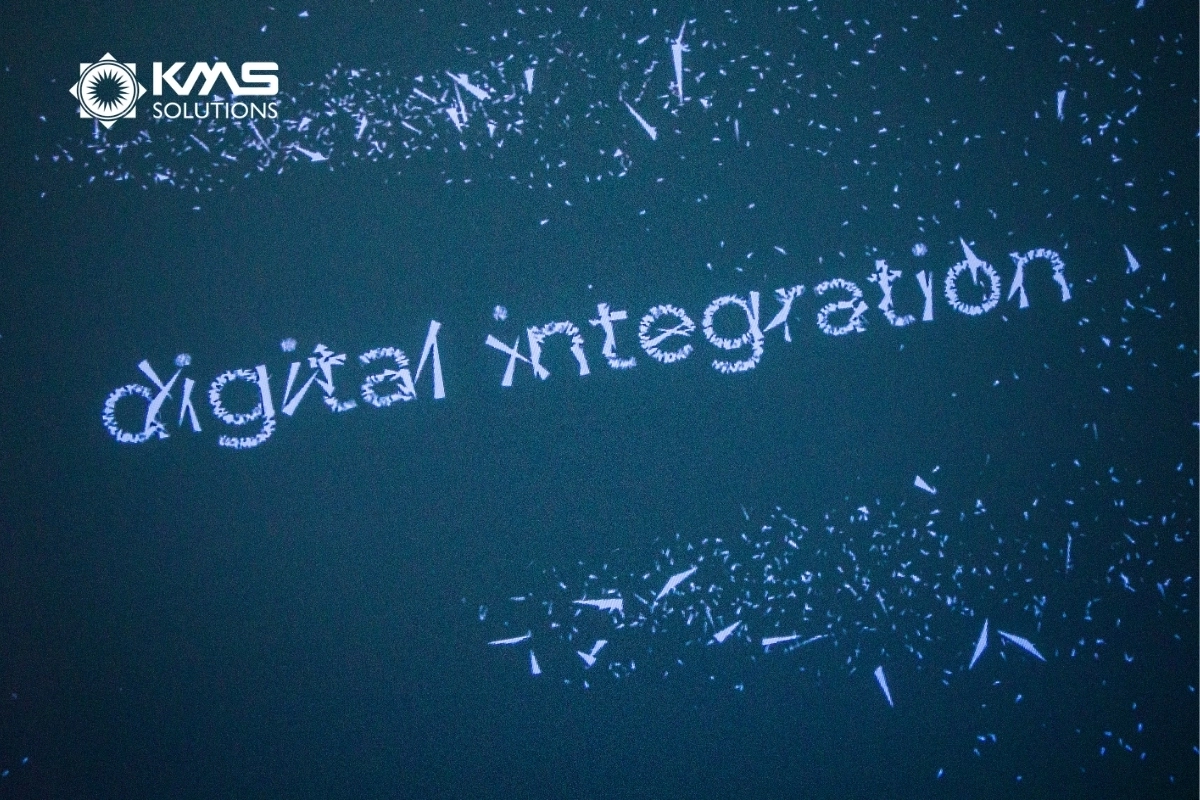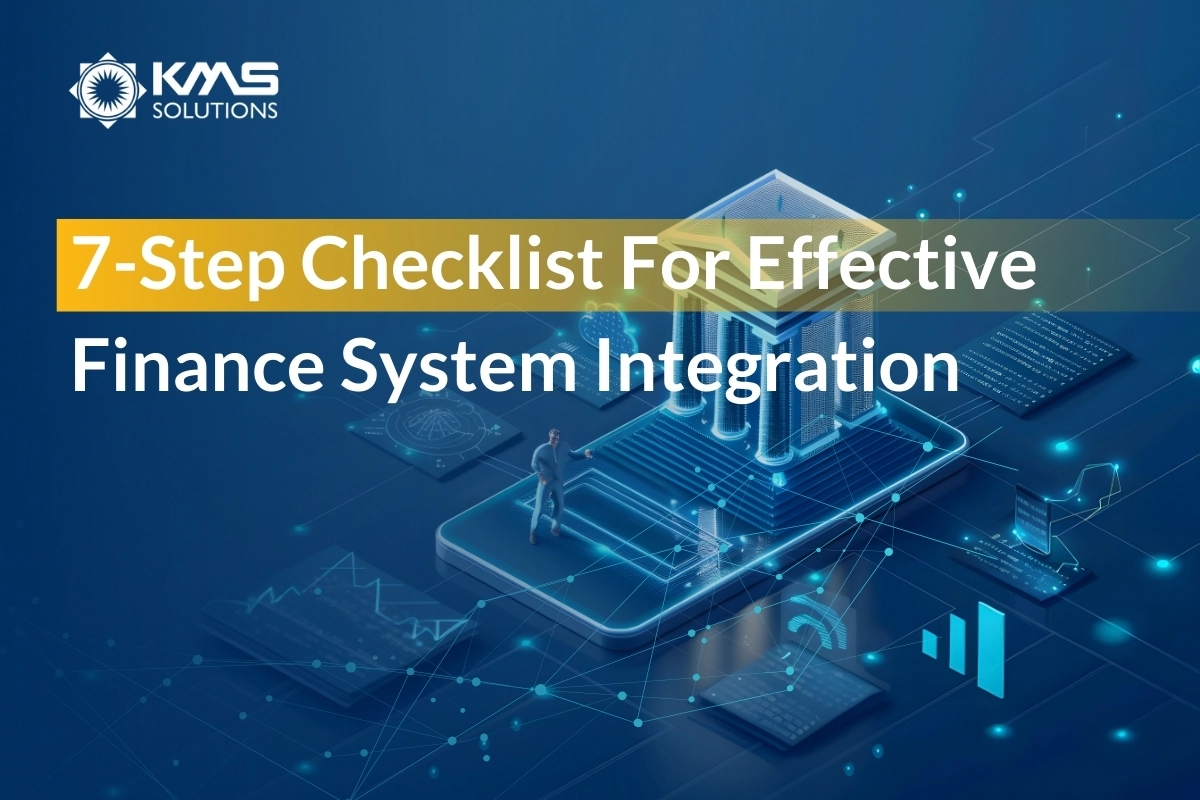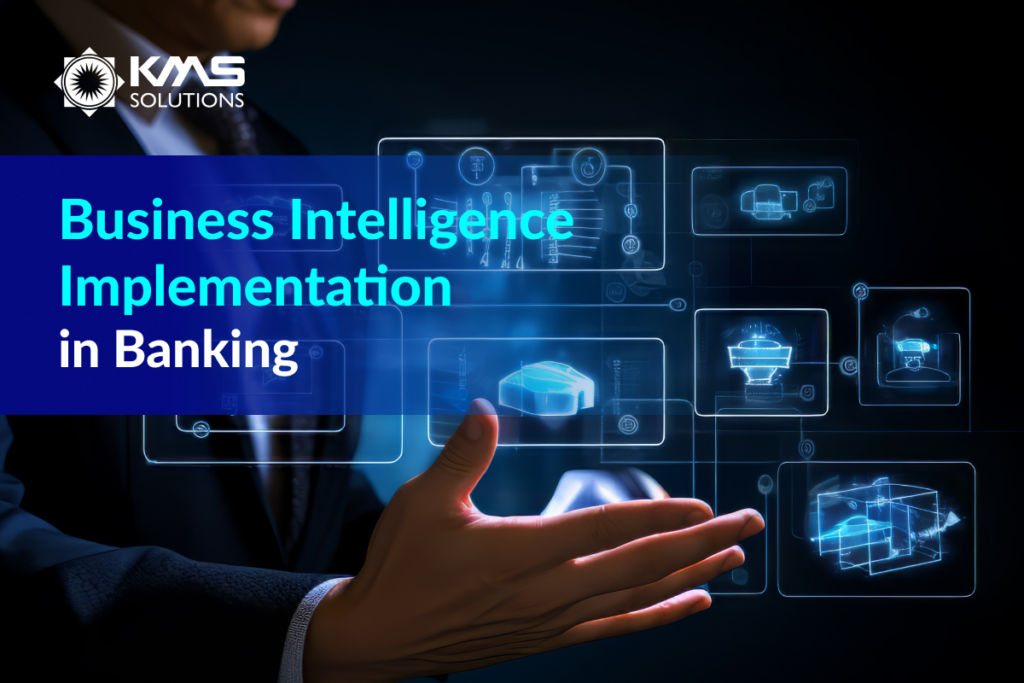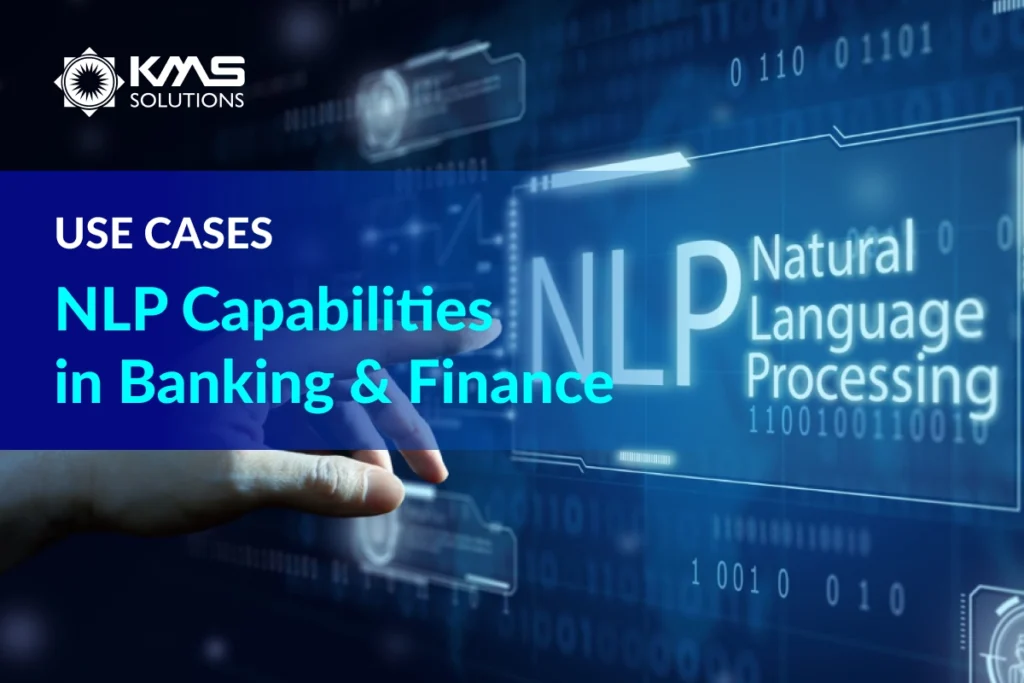As businesses grow, so do the complexities of managing their financial operations. Isolated systems can hinder effective decision-making, resulting in expensive delays and mistakes. Finance system integration presents a solution by unifying these systems into a single, cohesive platform.
In this article, we will discuss the key benefits of finance system integration and outline the essential steps to successfully implement this strategy, helping your business unlock its full potential. Let’s find out!
1. What Is Finance System Integration?

Finance system integration refers to the process of combining various financial systems, applications, and software tools into a unified, cohesive environment. This integration allows for seamless communication and data exchange between disparate financial platforms.
In the modern business landscape, companies often use multiple financial tools—such as accounting software, payroll systems, expense management platforms, and enterprise resource planning (ERP) systems—to manage their financial activities. With the finance system integration, organizations can streamline operations, enhance data accuracy, and improve decision-making processes without a lack of real-time visibility into financial performance.
2. Benefits of Advanced Finance System Integration

Complex finance system integration brings a range of advantages that can greatly improve an organization’s financial processes and overall business outcomes.
- Improved Data Accuracy and Consistency: When financial data is entered into multiple systems manually, the chances of errors and discrepancies increase, leading to inaccurate financial reports and poor decision-making. By integrating financial systems, data is automatically synced across platforms, reducing manual entry errors and ensuring that all stakeholders have access to consistent, up-to-date information.
- Real-Time Financial Insights: Finance system integration provides organizations with real-time visibility into their financial performance, enabling faster and more informed decision-making. With all financial data centralized, companies can generate real-time reports and dashboards that reflect their current financial position.
- Significant Cost Savings: While implementing finance system integration requires an upfront investment, the long-term cost savings can be substantial. Organizations can lower their operational costs by reducing manual processes and minimizing errors. Additionally, the need for multiple software licenses and maintenance costs is low.
3. Checklist to Implementing Finance System Integration
The integration process consists of a sequence of intentional actions aimed at aligning technology with business requirements. From identifying the right systems to ensuring security and compliance, each phase of the process plays a role in building a cohesive, efficient, and scalable financial system.
✅ Checkpoint 1: Identify the third-party systems

The first step in implementing a finance system integration is to identify the third-party systems that need to be integrated with your finance software. These systems could include:
- Customer relationship management (CRM) software
- Enterprise resource planning (ERP) systems
- Human resources (HR) platforms
- E-commerce solutions
- Payment gateways
It’s important to consider not only the systems currently in use but also any future tools that may be introduced as your business grows. Understanding the capabilities and limitations of these third-party systems will help in designing an effective integration strategy.
✅ Checkpoint 2: Determine the integration method

Once the third-party systems are identified, the next step is to determine the most appropriate integration method. The approach to integration can differ widely based on the systems in use and the degree of integration needed. Common integration methods are:
- APIs (Application Programming Interfaces): APIs enable different software systems to communicate by providing defined endpoints for real-time data exchange and functionality access.
- Middleware Solutions: Middleware acts as an intermediary that connects and facilitates communication between different systems, handling tasks like data transformation and routing.
- Direct Database Connections: This method involves directly accessing and querying databases to exchange and synchronize data between systems.
- File-Based Transfers: Systems exchange data by generating and sharing files in formats like CSV or XML, typically through secure file transfer protocols (SFTP).
The choice of integration method should be guided by factors such as the volume of data to be exchanged or the need for real-time data synchronization. For example, API-based integrations are typically preferred for high-frequency data exchanges, whereas file-based methods might be suitable for periodic data updates.
✅ Checkpoint 3: Identify the data to be exchanged

After determining the integration method, businesses need to identify the specific data that will be exchanged between the finance software and third-party systems. This phase includes outlining the data elements across both systems:
- Customer details
- Transaction records
- Inventory levels
- Financial reports
Additionally, this step helps in defining data formats, ensuring that the data is compatible and can be seamlessly transferred between systems. It is certain to carefully evaluate the level of data detail required, as an excess or deficiency in data can affect the integration’s efficiency and success.
✅ Checkpoint 4: Start the integration process

With the data and integration method defined, the development phase begins. This phase means creating the actual integration between the finance software and third-party systems.
The integration process should be guided by best practices in software engineering, ensuring that the integration is robust, scalable, and maintainable. Collaboration between IT teams, software vendors, and business stakeholders is essential during this phase.
✅ Checkpoint 5: Test the integration

Testing is the most important step in the integration process, as it helps identify and resolve any issues before the integration goes live. During testing, the integration should be evaluated under various scenarios to ensure it functions as expected.
Some tests you can consider are:
- Data accuracy
- System performance
- Error handling
Both positive and negative test cases should be considered to cover a wide range of potential situations. For instance, testing should verify that the integration correctly handles typical data flows and can gracefully manage unexpected inputs or system failures.
✅ Checkpoint 6: Monitor the integration

Once the integration is deployed, ongoing monitoring is essential to ensure its continued success. Monitoring requires observing the integration’s efficiency, spotting any obstacles or problems, and implementing changes as necessary.
Additionally, monitoring tools can be used to automate alerts for any critical issues that may arise, allowing for quick response and resolution. Continuous monitoring helps maintain the reliability and efficiency of the integration.
✅ Checkpoint 7: Consider security and compliance requirements

To safeguard this information, it’s necessary to implement various security measures, including encryption, access controls, and secure data transmission protocols. Such actions are crucial for safeguarding against data breaches and preventing unauthorized access.
Never forget to comply with regulations such as GDPR, PCI DSS, and industry-specific standards. Regularly reviewing and updating security practices is essential to stay ahead of emerging threats and evolving regulatory requirements.
4. Some Third-Party Systems to Integrate in the Finance Software
The part above has revealed some third-party systems, but this section will dive deeper into key third-party systems that can be integrated into a finance system to enhance its functionality and efficiency.
| System | Customer Relationship Management (CRM) Software | Human Resources (HR) Platforms | E-commerce Solutions | Digital Tax and VAT Returns Systems | Payment Gateways |
| Function | Manages customer interactions, tracks leads, and enhances customer relationships | Manages employee data, payroll, benefits, and recruitment processes | Facilitates online sales, product management, and customer transactions | Automates the calculation, filing, and submission of tax and VAT returns | Processes payments securely and efficiently, ensuring transaction integrity |
| Key Benefits | Enhances customer experience, improves sales, and supports targeted marketing | Simplifies HR processes, improves compliance, and enhances employee management | Expands sales channels, provides seamless shopping experiences, and supports inventory management | Ensures compliance, reduces errors, and simplifies tax reporting processes | Secures payment data, supports multiple payment methods, and enhances customer trust |
| Examples | Salesforce, HubSpot, Zoho CRM | Workday, BambooHR, ADP | Shopify, WooCommerce, Magento | Avalara, TaxJar, QuickBooks Online | PayPal, Stripe, Square |
5. Choosing The Right Integrated Finance System
The ideal system should both support your current financial operations and be scalable, adaptable, and secure enough to handle future business needs. Here’s how to approach this important choice:
- Assess Your Business Needs: Before diving into specific solutions, thoroughly assess your current and future business needs. Identify the key pain points in your existing finance processes, such as data silos, manual interventions, or inefficiencies in reporting.
- Evaluate Compatibility and Integration Capabilities: The chosen finance system should seamlessly integrate with your current technology stack, ensuring smooth data flow across all departments. The system should support various integration methods, including API-based connections, middleware solutions, and custom connectors.
- Ensure Robust Data Security and Compliance: Data security is non-negotiable. The finance system you choose should have robust security measures in place to protect sensitive financial data from unauthorized access, breaches, and other cyber threats.
- Prioritize Customization and Flexibility: No two businesses are the same, and your finance system should reflect this uniqueness. Look for a solution that offers a high degree of customization, allowing you to tailor the system’s features and workflows to meet your specific needs.
One highly recommended provider for integrated finance systems is KMS Solutions. They specialize in providing comprehensive application integration services tailored to the unique needs of your business. KMS Solutions helps businesses streamline their financial processes by integrating disparate systems into a cohesive whole.
Their approach begins with a thorough analysis of your current systems and business objectives, followed by the design and implementation of a customized integration solution. KMS Solutions’ expertise in handling complex integrations, coupled with their commitment to security and compliance, makes them an ideal partner for businesses.
6. Conclusion
Finance system integration is a transformative step that can propel your business to new heights. The journey to integration may be complex, but the rewards are well worth the effort.
As you embark on this path, remember that careful planning, robust testing, and ongoing optimization are key to ensuring a successful integration that fuels your business growth.
7. FAQs
1. What types of businesses can benefit from finance system integration?
Businesses of all sizes and industries can benefit, particularly those dealing with complex financial operations, multiple departments, or those seeking to enhance their financial management and reporting.
2. How long does it typically take to integrate finance systems?
The timeline varies depending on the complexity of the systems, the scope of integration, and the resources available. It can range from a few weeks to several months.
3. What types of financial systems are commonly integrated?
Common systems include accounting software, ERP (Enterprise Resource Planning) systems, payroll systems, CRM (Customer Relationship Management) platforms, tax compliance software, and financial reporting tools.
4. What is the difference between finance system integration and finance automation?
Finance system integration connects different financial software systems to ensure seamless data flow, while finance automation involves using technology to automate repetitive financial tasks. Integration often enables automation by creating a unified platform for automated processes.










